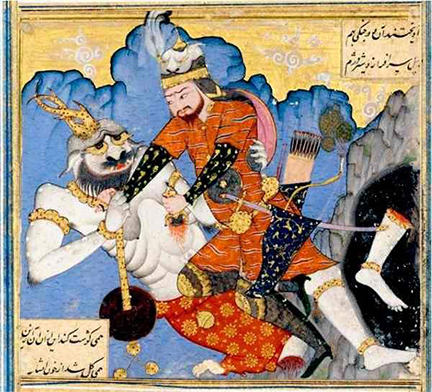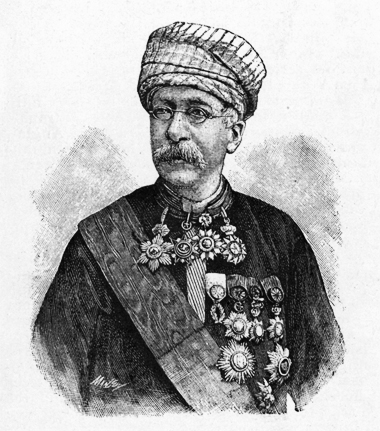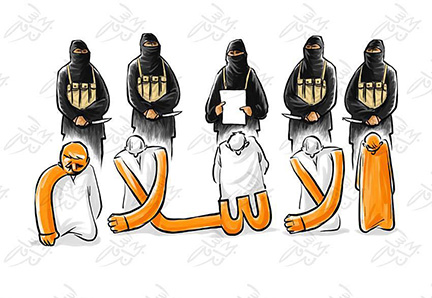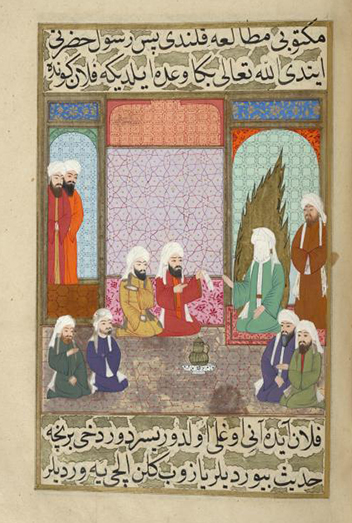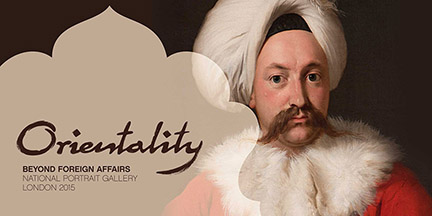The Islamic Manuscript Association, in cooperation with Cambridge University Library and the Thesaurus Islamicus Foundation, is pleased to announce an advanced short course in manuscript studies, entitled Scholars, Scribes, and Readers: An Advanced Course in Arabic Manuscript Studies, which will be held at Cambridge University Library from 6 to 10 June 2016.
This intensive five-day course is intended for researchers, librarians, curators, and anyone else working with Islamic manuscripts. As an advanced course, it is particularly aimed at those who already have some experience in Islamic codicology and palaeography and all participants must have a good reading knowledge of Arabic. The course will focus on Arabic-language manuscripts from various regions, including historical Turkey, Iran, and India. It is hoped that this advanced course will allow participants to gain greater exposure to and familiarity with the vast array of practices encountered in Arabic manuscripts.
The workshop will consist of three days of illustrated, interactive lectures on selected manuscripts and two days of hands-on sessions focusing on a selection of manuscripts from the Cambridge University Library collection. The manuscripts selected for presentation by the instructor cover the whole range of scribal practices encountered in a variety of subjects/genres, geographical regions, and historical periods (see the programme for details).
Continue reading Advanced Course in Arabic Manuscript Studies


